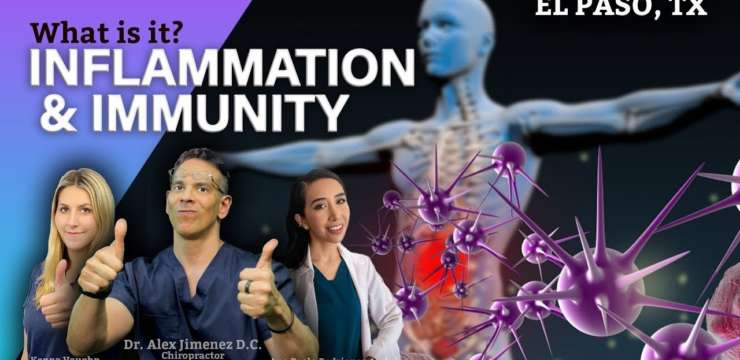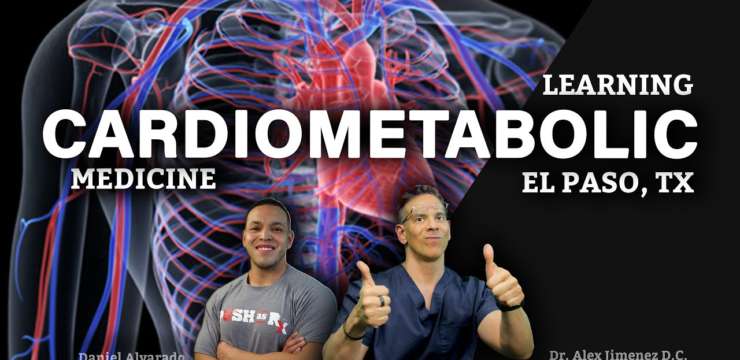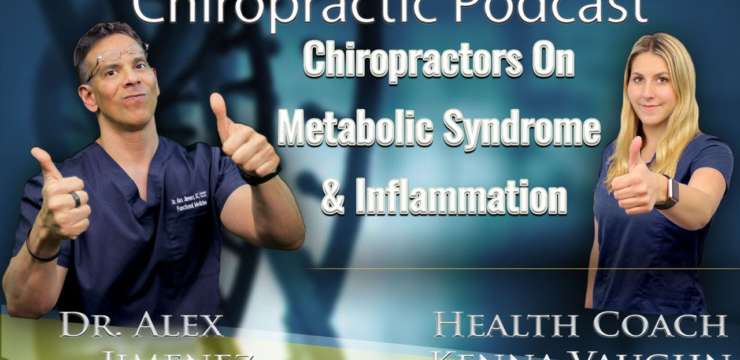Metals in the body are essential for proper cellular function. That being said, in order to ensure the metals you are ingesting are good for you and what the body needs, you need to know whole sources to obtain them from and what each metal does. On the other hand, there are toxic metals as well. Toxic metals are an issue that can mimic many other serious health conditions. We are able to assess metal levels in the body and create a treatment plan that safely detoxes individuals from these toxic metals.Â
Healthy Metals
CalciumÂ
There are different types of calcium. Dietary calcium and Erythrocyte calcium. In the human body, there are around 179 biological functions of calcium. Each and every cell in the body needs ionic calcium. This is what you find in teeth and bones as well as what we need to move our muscles. Additionally, it is needed for the rhythmic action of the heart and intestines. However, Erythrocyte calcium is associated with heart disease and stroke. Studies show that erythrocyte calcium is elevated in hypertension patients.Â
ChromiumÂ
Chromium accumulates in the spleen and in heart tissue. On top of this, there have been many studies done that show chromium impacts sugar metabolism through its role in uptaking insulin.Â
CopperÂ
Copper is very important as it is a co-factor in lipid metabolism, detoxification in the liver, and neurological control. In the body, copper is found in the liver, brain, hair, and other tissues. To get whole sources of copper in the diet, it is best to eat nuts, seeds, whole grains, beans, and shellfish. Copper binds to superoxide dismutase and protects our cells from oxidative damage. If there is not enough copper obtained through the diet we begin to see the reduced function of enzymes.Â
MagnesiumÂ
Magnesium is a cofactor to about 300 enzyme systems in the body. If an individual does not have proper magnesium levels, we see hypertension and diabetes. Studies done have also shown magnesium to be used in heart failure treatment. The symptoms we most often see in patients who have magnesium deficiencies are neuromuscular tremors, fasciculations, and muscle spasms. The relationship between magnesium and the nervous tissue is close. Due to this, one of the earliest ways to catch a magnesium deficiency is if the patient has nausea, loss of appetite, hair loss, and tremors. For whole magnesium sources, including nuts, beans, and dark green leafy vegetables into the diet.Â
ManganeseÂ
Manganese is involved with a number of enzymes that control metabolism, connective tissue maintenance, and the Krebs cycle. If deficient, we see glucose intolerance. Some of the best foods to keep manganese at a healthy level in the body are fruits, whole grains, leafy green vegetables, pecans, peanuts, pineapples, avocado, and hazelnuts.Â
PotassiumÂ
The nervous and muscle system strongly rely on potassium. Without proper potassium levels, the body will suffer from hypertension, heart arrhythmias, and muscle weakness. To increase potassium levels in the body, vegetable juice, citrus juice, and bananas will help.Â
SeleniumÂ
One of the main reasons we need selenium is to activate glutathione peroxidase. Mainly, we need this to activate the enzymes that protect our cells from oxidative damage.Â
VanadiumÂ
This metal is in the liver and bone. It is shown that this lowers cholesterol synthesis and may also lower triglycerides. A great way to include this metal in your diet is by eating parsley, black pepper, dill, and mushrooms.Â
Zinc
Zinc is incredibly important as it activates the cofactors for DNA/RNA polymerase. Additionally, it helps with healing cuts and skin disorders. Zinc is essential for normal immune function as well.Â
Toxic Metals
AluminumÂ
Aluminum can cause impaired memory, convulsions, and characteristics of EEG changes. Aluminum is found in many items consumers use daily. These products include antiperspirants, soda cans, baking soda, and toothpaste. There are many aluminum-free deodorants on the market that patients can switch to.Â
Arsenic
 Arsenic has been linked to vascular disease and certain cancers that appear in the skin, bladder, and lungs. Unfortunately, arsenic is found in contaminated water supplies, paint, wood preservatives like outdoor decks, and playground equipment.Â
CadmiumÂ
This metal competes with zinc down at the cellular level and impacts binding sites. This negatively affects the body as it causes a loss in enzyme activity. If an individual is exposed to cadmium for long-term exposure, we see damage to the kidneys. Common symptoms patients complain of are hypertension, femoral pain, and osteopenia. Individuals can be exposed if they are around engine exhaust emissions, canned evaporated milk, cigarette smoke, and paint pigments. A great way to combat exposure is to increase dietary fiber and eat items like beans, cooked vegetables, oatmeal.Â
LeadÂ
If an individual has lead toxicity they experience pain in extremities due to axonal degeneration. Lead affects the inhibiting factor on enzymes in the biosynthesis pathway. Patients also report having kidney damage and nausea. Additionally, lead toxicity commonly affects sensory, visual, and auditory functions. This is due to the fact that it negatively impacts the nervous system. One thing patients can do is increase dietary calcium to help lower the amount of lead absorbed through the intestines. Lead can be found in newsprint, tea, art supplies, bullets, soils, balance weights, and drinking water from lead plumbing.Â
MercuryÂ
Mercury has a tendency to form very stable bonds with amino acids. This makes it hard to detox from the body. One of the most important protective agents is dietary selenium. If someone has high mercury levels we typically see them have emotional disturbance and a lack of mental concentration.Â
As one can see, there are many metals that benefit the human body and are essential for proper cellular function. However, we can also see that there are metals that can cause many problems. We are able to offer toxic metal testing to see the levels of these metals in your system. From here, we can provide a one-on-one plan to help your body safely detox.Â

















